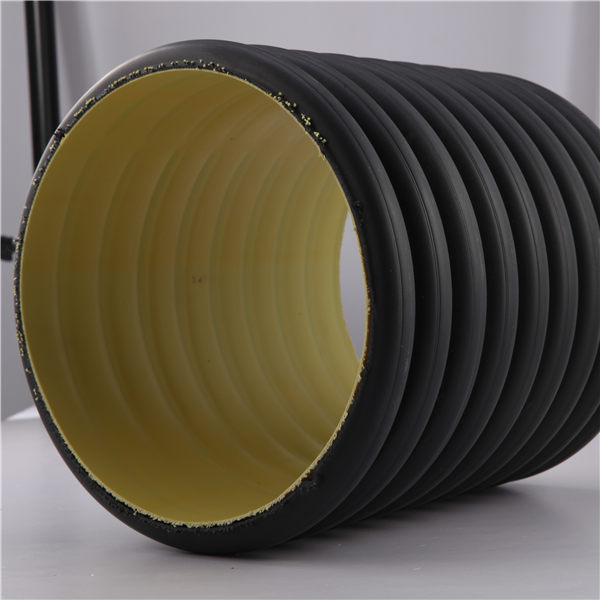dec . 06, 2024 03:19 Back to list
Essential Guide to Gas Pipe Fittings for Efficient and Safe Installations
Understanding Gas Pipe Fittings Essential Components for Safe Gas Transport
Gas pipe fittings are critical components in any piping system that transports gas, including natural gas, propane, and other industrial gases. These fittings ensure the safety, efficiency, and reliability of gas distribution networks, making them indispensable in residential, commercial, and industrial applications. This article aims to provide a comprehensive overview of gas pipe fittings, including their types, materials, applications, and importance in gas systems.
Types of Gas Pipe Fittings
Gas pipe fittings come in various shapes and sizes, designed to accommodate the specific requirements of a gas transport system. The most common types include
1. Elbows These fittings allow for direction changes in piping systems. Elbows can vary in degrees (usually 45° or 90°) to facilitate efficient routing of gas.
2. Tees T-shaped fittings used to connect three pipes at a junction, tees can be utilized to branch off gas lines for various applications.
3. Couplings Couplings are used to connect two lengths of pipe, helping to extend the piping system or repair breaks.
4. Adapters These fittings enable the transition between different pipe types or sizes, ensuring compatibility within a gas piping system.
5. Caps and Plugs Used to seal the ends of pipes, caps and plugs prevent gas leaks and maintain system integrity.
6. Valves Critical for controlling the flow of gas, valves come in several forms, such as ball valves, gate valves, and check valves, each serving specific control needs.
Materials Used in Gas Pipe Fittings
The selection of materials for gas pipe fittings is crucial for performance and safety
. Common materials include- Steel Known for its strength and durability, steel fittings are widely used in high-pressure gas applications. They are resistant to corrosion and can withstand harsh environmental conditions.
gas pipe fittings

- Copper Due to its excellent thermal conductivity and resistance to corrosion, copper fittings are often utilized in residential gas systems.
- Plastic PVC and CPVC fittings are lighter and less expensive, making them suitable for low-pressure gas applications. However, they have temperature limitations and are not recommended for high-temperature or high-pressure systems.
- Brass This alloy of copper and zinc is commonly used for gas fittings because of its strength and resistance to corrosion.
Applications of Gas Pipe Fittings
Gas pipe fittings are utilized in various settings, including
- Residential Installations These fittings are essential for connecting gas appliances, such as water heaters, stoves, and furnaces, ensuring the safe transfer of gas from the supply lines to the appliances.
- Commercial Use In restaurants and commercial kitchens, gas pipe fittings play a vital role in connecting equipment like ovens and grills to the main gas lines.
- Industrial Applications Gas pipe fittings are critical in manufacturing processes that utilize gas as a fuel source or feedstock. This includes everything from power generation plants to petrochemical facilities.
Importance of Proper Installation and Maintenance
The integrity and safety of gas piping systems heavily depend on the correct installation and ongoing maintenance of gas pipe fittings. Improperly installed fittings can lead to gas leaks, posing significant hazards, including explosions or poisoning. Therefore, it is essential to follow relevant codes and standards, such as the National Fire Protection Association (NFPA) guidelines and local building codes.
Regular inspections and maintenance of gas pipe fittings help identify wear or damage, ensuring the continued safety and efficiency of the gas delivery system. Engaging qualified professionals for installation and routine checks is crucial in maintaining a safe and reliable gas supply.
Conclusion
Gas pipe fittings are fundamental components in any gas distribution system, serving as critical links that connect, direct, and control the flow of gas. Understanding their types, materials, applications, and significance is essential for anyone involved in gas installations or maintenance. Prioritizing safety through proper selection, installation, and regular inspection of gas pipe fittings not only safeguards lives but also enhances the efficiency of gas systems, fostering a reliable energy supply for various applications.
-
HDPE Natural Sheet: Durable, Food-Grade & Versatile Plastic Solutions
NewsAug.27,2025
-
Durable Glossy PVC Rigid Sheet | Premium High-Shine Panels
NewsAug.26,2025
-
Durable PP Rigid Sheet: Lightweight, Chemical Resistant Solutions
NewsAug.21,2025
-
PVC Grey Sheet for Extraction: Chemical Resistant & Durable
NewsAug.19,2025
-
Durable PVC Pipe Fittings for Plumbing & Irrigation Needs
NewsAug.18,2025
-
HDPE Steel Belt Reinforced Spiral Corrugated Pipe | High Strength
NewsAug.17,2025

